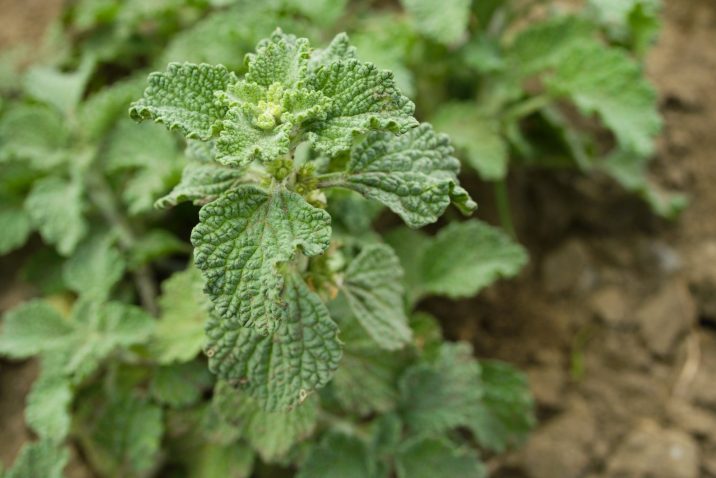Prunus serotina Rosaceae Names: Virginia Prune Bark. Habitat: Widely distributed throughout Canada and the USA. Collection: The bark is gathered from young plants in the autumn, when it is most active. The outer bark is stripped off and the inner...
Lactuca virosa Compositae Names: Lettuce Opium Habitat: Indigenous to Central and Southern Europe and Northern Asia, cultivated elsewhere. Collection: The leaves should be gathered in June and July. Part Used: Dried leaves. Constituents: Lactucin, a...
Drosera rotundifolia Droseraceae Habitat: Grows throughout Europe on wet heaths, moors and sphagnum bogs, especially in Wales. Collection: The whole of the plant is gathered during the flowering period in July or August. Part Used: Entire plant...
Cephaëlis ipecacuanha Rubiaceae Folk names: Ipecac, Rio, Matto Grosso. Habitat: Native to tropical South America, including Brazil, and cultivatedin southern Asia. Part used: Root and rhizome. Collection: The root of this small South American shrub...
Pilosella officinarum Compositae Common name: Hawkweed Habitat: A common British and European plant growing in sandy soil. Part used: Aerial parts. Collection: Mouse Ear should be collected when in flower between May andJune. Constituents:...
Marrubium vulgare Labiatae Name: White Horehound Habitat: Found growing wild throughout Europe, cultivated in Britain. Collection: White Horehound is gathered whilst the herb is blossoming between June and September. It is dried in the shade at a...
...
Last autumn, while we were all busy worrying about whether baby Leo got his MMR jab, the British government sneaked another vaccine into the preschooler booster schedule. Not just any old vaccine, but the most dangerous one of all.
A link between autism and the DPT (diptheria, pertussis, tetanus) has been suggested by an American doctor who tried to treat a boy of four. ...
A Finnish study found that in a population with a 98 per cent immunisation rate, whooping cough infections remain common. ...








